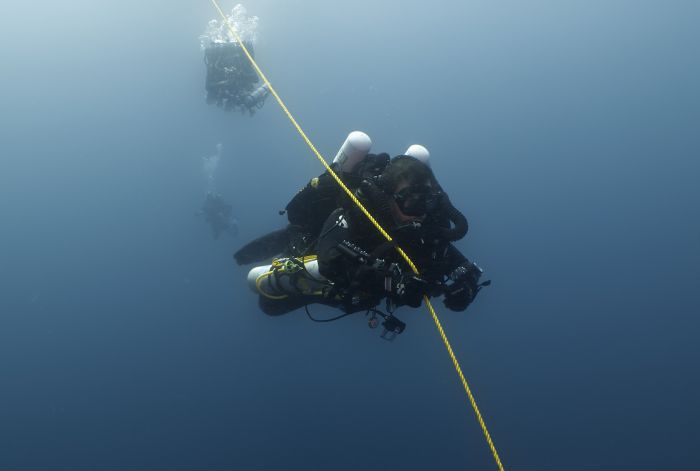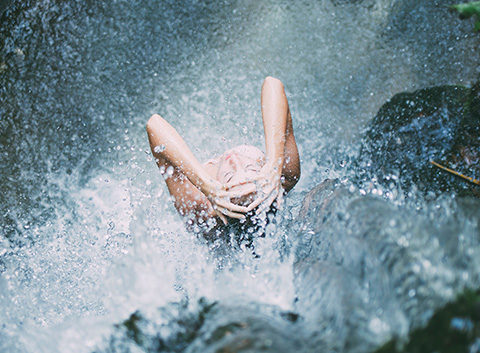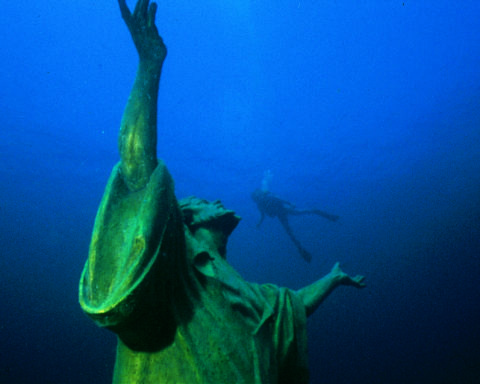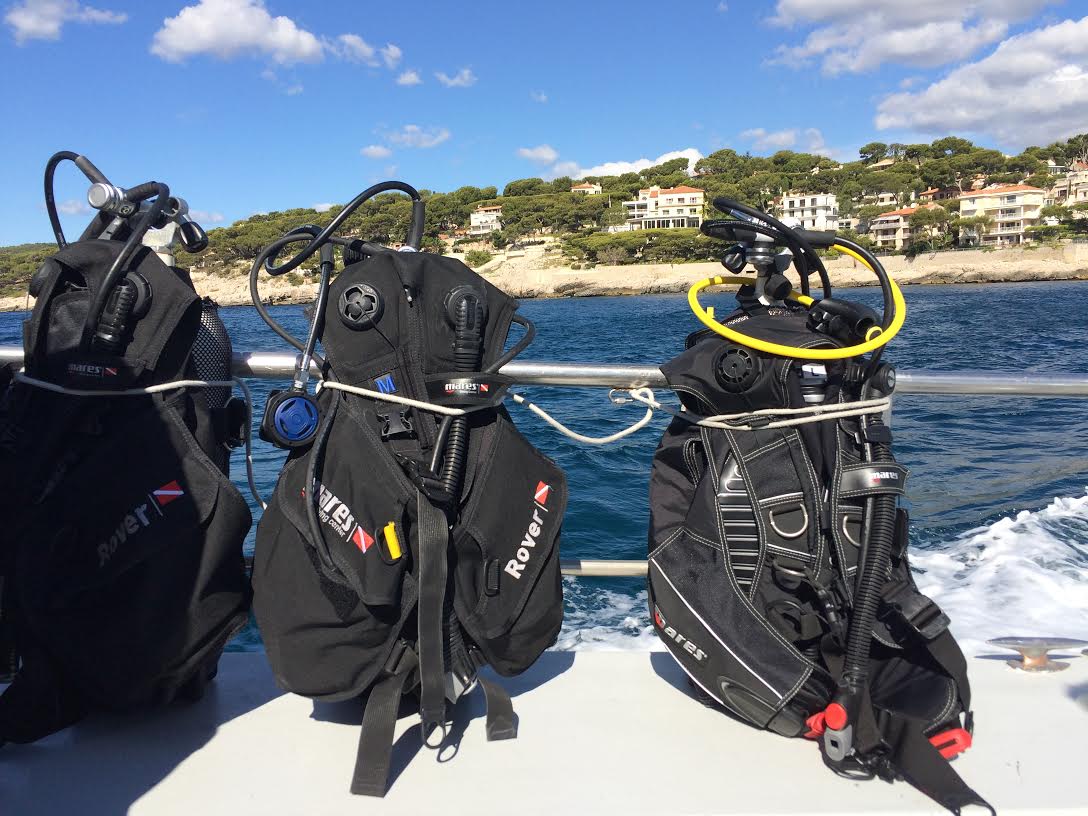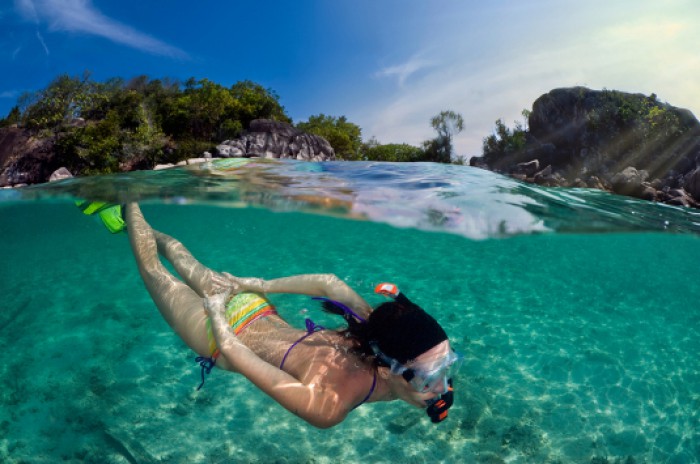On entend parfois parler de plongée Tek dans le cercle des plongeurs sous-marins. Mais qu'est-ce que cette pratique ?

We differentiate recreational diving from technical diving. Recreational diving is the one that everyone knows, that is to say with classic scuba equipment: a bottle of 10 to 15l in general, a stabilizing jacket, and one or two pressure regulators with manometer. In general, there are no compulsory steps (PADI, SDI, SSI) in this type of dive, or they are of short duration and rarely beyond a quarter of an hour (CMAS system). In recreational diving the engagement is therefore relatively low and this activity is practicable by almost anyone. The breathed gases are also either compressed air or a slightly super-oxygenated mixture (nitrox) but not exceeding 40% oxygen. Depth does not exceed 60m in France and 40m in the majority of other countries of the world. In technical diving the decompression stop times are longer because the immersion depths are larger and the dive times too. In general one talks about diving tek when the sources of gas are multiple.
This fact is actually the result of a simple cause, in tek diving we dive with a ceiling over our head that prevents us from regaining the surface very quickly. This is virtually the case for deep dives where ignoring bearings is extremely dangerous or when diving inside wrecks, caves, or under the ice. Depending on the situation, the bottles will be doubled to anticipate a possible breakdown or may be combined with different gas mixtures (trimix with helium, oxygen content of 40 to 100%). For example, to reduce bearing times and promote the elimination of nitrogen dissolved in the blood, pure oxygen breathing at 6m depth at the end of the dive is a common practice in tek diving. Sometimes the bottles are placed elsewhere than on the back of the diver (see article "The sidemount: for what?"), Or more efficient machines derived from military ones such as recyclers are used (see article "The recycler: advantages and disadvantages "). Specific procedures are also implemented to optimize safety and to offset any eventuality (What do I do in case of? / What if?).
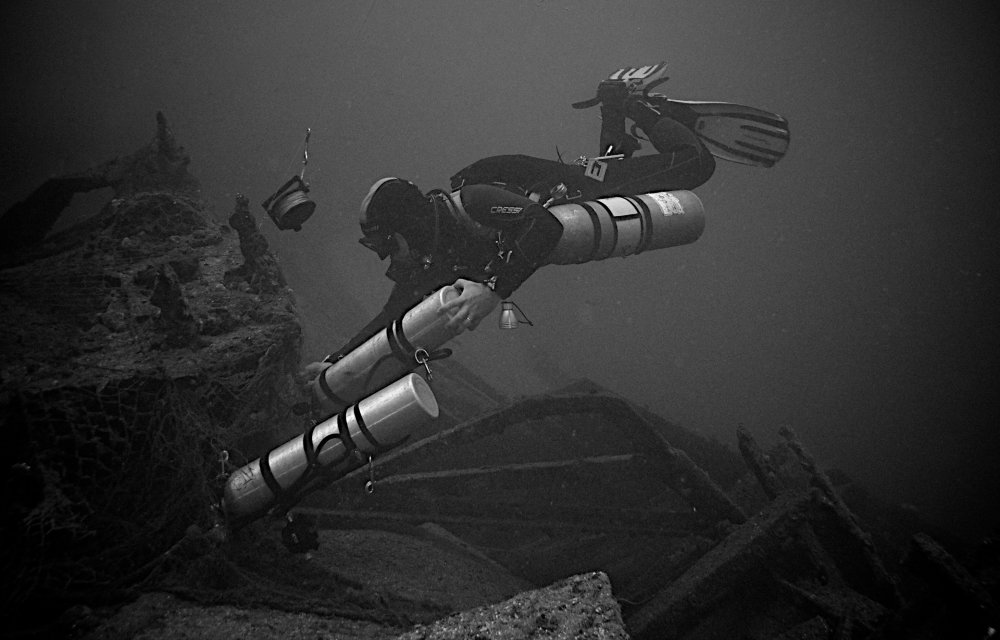
You'll understand, technical diving is more complex than recreational diving. It is also much more demanding in terms of preparation where planning is very important, concentration in diving and training. But this rigor is the price to pay to visit even more unusual worlds in peace. Very good instructors of technical diving (TDI, CMAS, IANTD, ...) are now exercising with the democratization of this mode of diving; We strongly recommend you to get closer to one of them if you want to learn how to dive differently.
The Click-Dive team, a dedicated diving reservation site, wishes you a wonderful dive.
Brice MASI

